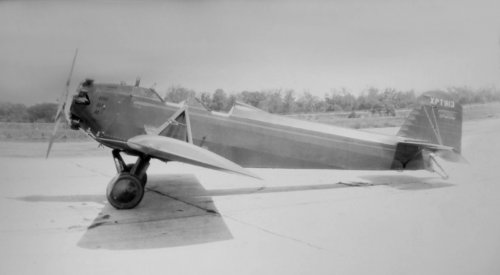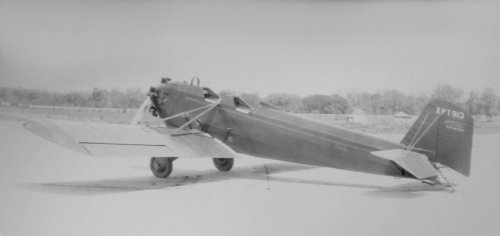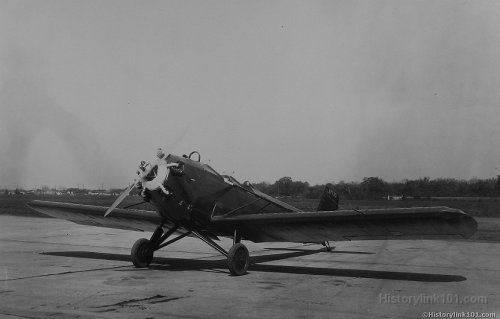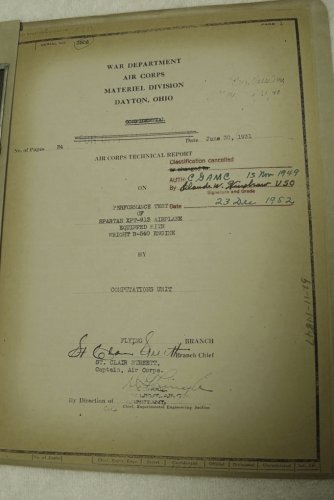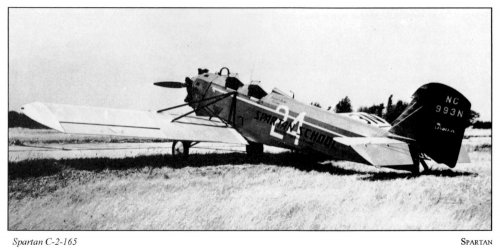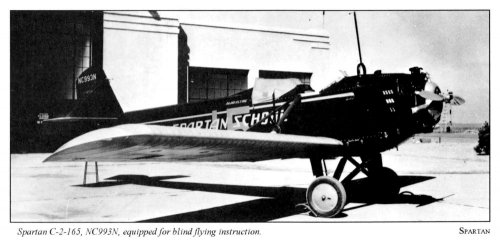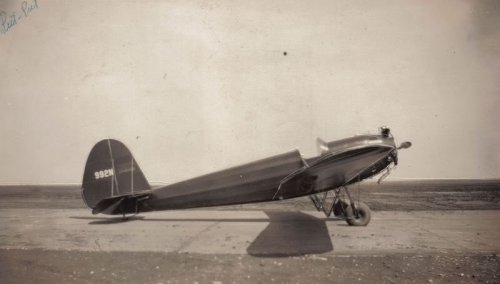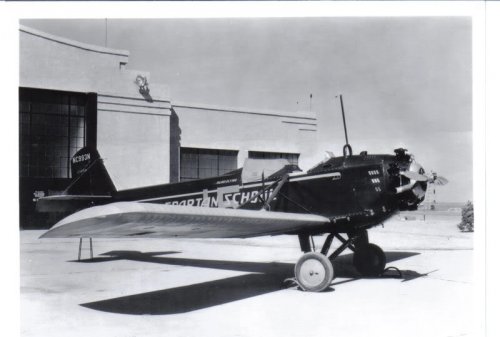I know this is an old post - But I found it (and joined group) when googling NC992N - The reason being the following
On my US Caterpillar list I have a bailout of Mr Bryan 'Jake' Maxwell Jacobs at Tulsa, Oklahoma 13th April 1931. I had a bit on Mr Jacobs
"In June, 1928, he accepted a position as airplane and engine inspector for the Aeronautics Branch of the Department of Commerce, predecessor of the Bureau of Air Commerce. He was stationed at the Fokker factory at Hasbrouck Heights, New Jersey, for about six months. The work in this position consisted of the testing of pilots and mechanics for licenses, inspection of aircraft for airworthiness, and investigation of accidents and violations of the regulations. in the fall of that year, Jacobs was appointed one of the three original engineering inspectors for the Aeronautics Branch and held this position till 1931" . This work entailed the visual checking of new types of airplanes prior to their being granted licenses for commercial operation and the carriage of passengers, static testing of the wings, control surfaces, control systems, factory methods, etc., and flight tests to determine the stability, control characteristics in various altitudes, and satisfactory recovery from spins. During one of these flight tests at Tulsa, the plane developed wing flutter and shed both wings in the air. Jacobs joined the Caterpillar Club by bailing out when he got down to about 500 feet. Shortly after this experience he was transferred to airline inspection, and with another inspector had charge of the inspection of airline operations in the Western quarter of the country."
I was recently reading The Spartan Story: by Chet Peek with George Goodhead and on the section on Spartan C-2-60 it says "But old-timers tell a
story, that is probably true, of one student who was determined to find out just what a C-2 would stand.
Announcing, "I'm going to pull the wings off this plane!", he donned a chute, climbed into one of the little ships and took off. Heading for the north side
of the field, he proceed to "wring out" the C-2 until, sure enough, the wings folded up. He parachuted down safely, but the plane was a total loss."
The story is to much similar to be anything else but same incident.. Not a student but an Inspector and probably to licence a Spartan - Now the issue is what one -The text makes clear it is a C-2 - I asked on Air Britain and they flagged up " Spartan Aircraft used Identification Application I-10406 on 2nd February 1931 and Identification 992N was issued. The Application was for a C2-45 c/n I-1, a 2PCLM aircraft with a 45 hp Szekely engine. Nothing else apart that the Identification was unassigned on an unknown date, and the registration was used on a glider in California." - But your text and photo shows "Registration [992N] was absolutely NOT a Model C2-165 but the completely different C2-60. I have a photo here to prove it." - So I am now thinking Jacobs bailed out of NC992N

